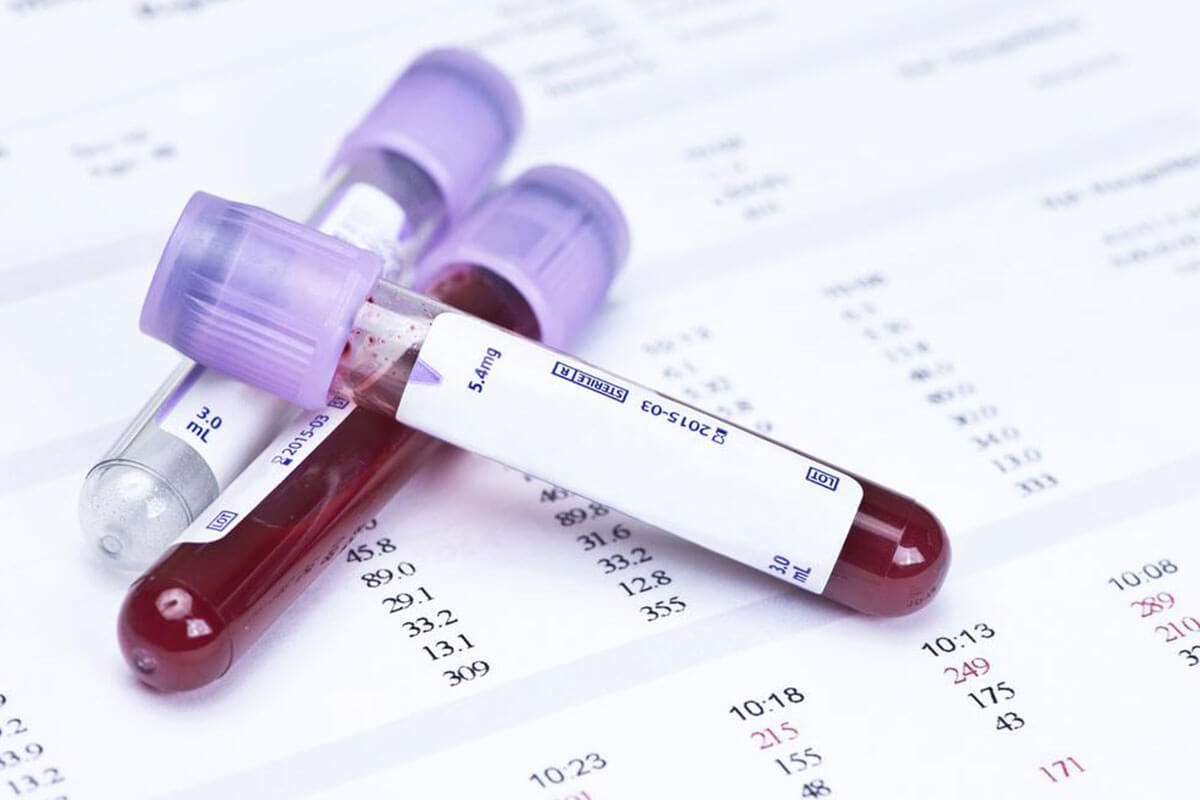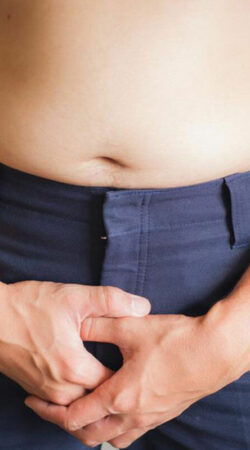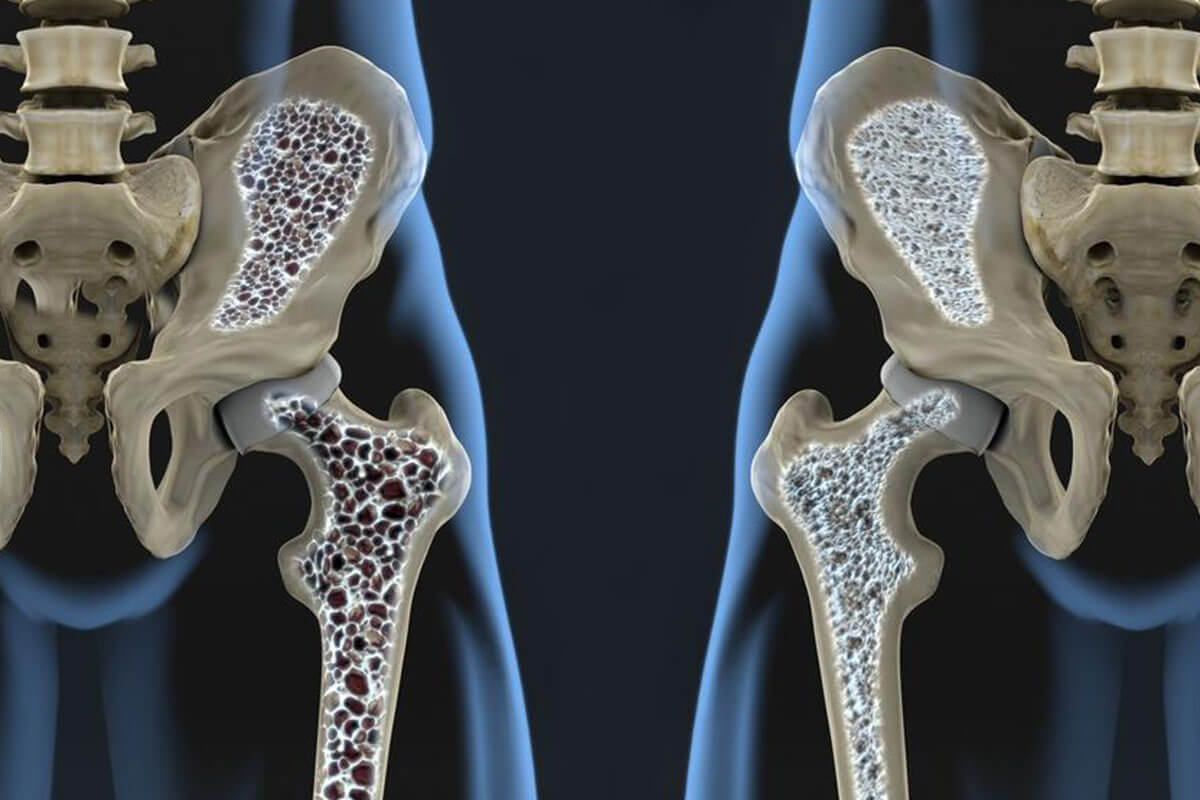
Tips
Top Tips for Choosing the Epinephrine Pen You Need
With so many auto-injectors out there, how do you know which one is right for you? Follow these tips to ensure you are using the right one and in the right way. Epinephrine or adrenaline is one of the fastest-working medications in the world. This drug is used in emergency situations so as to effectively and quickly treat allergic reactions to foodstuffs, drugs, insect bites and stings, etc. Epinephrine works by quickly raising blood pressure, stimulating the heart, easing breathing, as well as immediately reducing the swelling of the lips, throat, and face that are characteristics of anaphylaxis. Keeping this medication handy is made easy owing to the invention of the epinephrine pen. This device allows you to self-inject a dose of the medication in case of a severe or life-threatening allergy problem. Though epinephrine works quickly, it has to be injected immediately during anaphylaxis if it is to have any positive effect. Delaying the use of an Epinephrine pen can and does result in complications and anaphylactic deaths. The Food Allergy Research & education (FARE) recommends that you keep two epinephrine pens with you wherever you are so as to ensure quick access to this life-saver in times of need.













